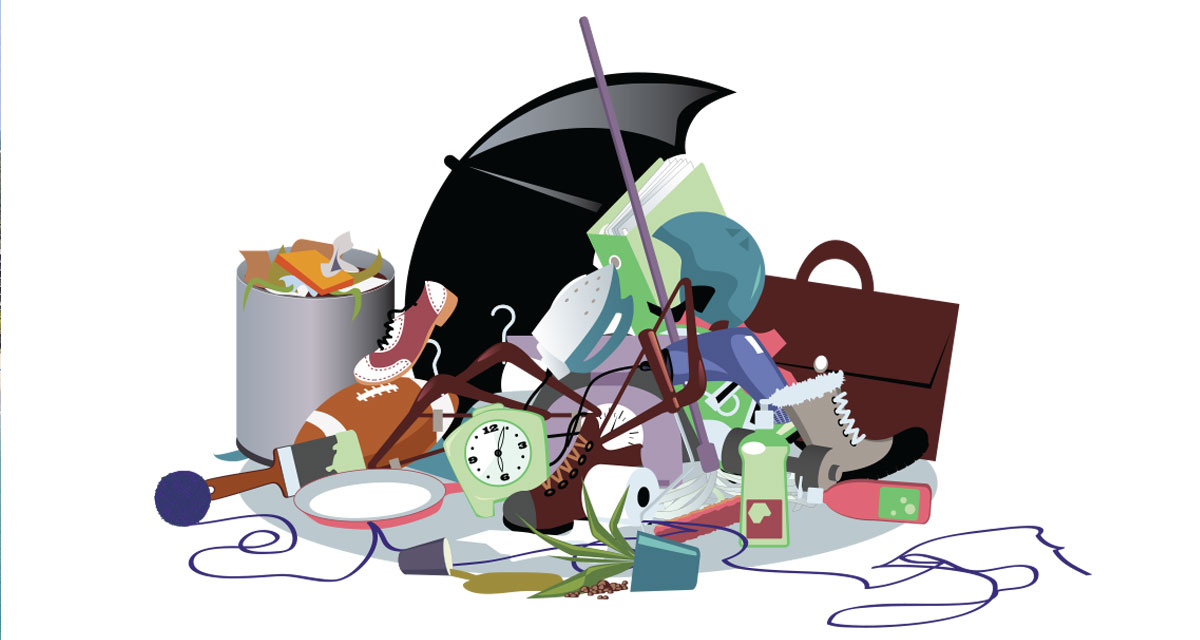Have you ever wished you could do more to adopt a greener lifestyle? Households now actively separate and/or discard plastic containers, glass, and cardboard, and delve into marketplaces to purchase viable second-hand furnishings and clothing. The impact of minimalizing, whether you have relocated to a smaller house or chosen other aspects of the philosophy, has led many to a simpler lifestyle.
How to Declutter
Do you have drawers and closets that you struggle to close? Are there moments when you wonder where to put items without enough space? Start thinking about reducing your possessions. Eliminating the clutter promotes organization, reduces stress, and provides more financial freedom! The question may be, “How do I get started?” Take five to ten minutes a day to tackle one shelf or drawer. Label three bags with “trash,” “donate,” or “relocate.” In the bag-method, you have a defined purpose for each item.
- Mudroom: Hooks and boxes can identify a place for the many items everyone needs within the household; therefore, find a way to organize bags and backpacks, jackets and shoes, leashes and keys, and purses.
- Mail and Paper: It takes just seconds to extract needed statements and letters and discard the rest. The next time you access each account, request to go paperless and save on the paper clutter!
- Donate Clothes No Longer Worn: Pull out the bottom third of your stacks of T-shirts, long-sleeved shirts, sweaters, and jeans. Extract the apparel that is too small, faded, full of holes, or outdated! Then, go through your hangers and do the same!
- Read Books: Public libraries and schools will gladly take books in good condition. If you only intended to read it once, pass it on to someone who will enjoy it!
- Bathroom Closet: Start tossing expired medications and old beauty products.
- Linen Closets: Go through pillowcases and sheets to check for holes, tears, or stains. Perhaps it’s time to repurpose the old linens!
- Kitchens: Consider selling or donating extra pans, casserole dishes, and baking pans. Either way, you can pass along items to someone who needs them.
Remember, every item costs you time and money to clean, dust, polish, or wash!
Expanding the Definition
Living with intention requires a promise to make shopping habits simpler. Why bring home more plastic bags when you can shop with durable, recyclable bags? It’s an effort that takes remembering.
- Rather than use expensive, commercial cleaning products, switch to natural options, such as baking soda, Castile soap, lemon juice, and white vinegar. Each one effectively cleans, deodorizes, and disinfects.
- Plan nutritious weekly meals to eliminate overspending, and eat seasonal foods.
- Stop using items that serve one use, such as sandwich bags or food coverings; instead, use dishwasher-safe lids
- Switch to a stainless steel or aluminum water bottle!
How to Repurpose
In our fast-paced instant need for gratification, we often don’t consider how to repurpose or upcycle our broken or damaged items. We quickly trade out the new refrigerator and bring in a replacement. Why not use it for storage either in a garage, basement, or exterior building, or bury it underground to serve as a root cellar?
- Old mugs, bowls, storage jars, teapots, and galvanized tubs require a hole drilled in the bottom center to make planters. Don’t forget to add a handful of gravel before planting to help with drainage!
- Learn about the process of composting to recycle plant-based goods back to the earth for decomposition. In the daily effort, you’ll have mineral-enriched soil to use!
- Save mayonnaise and pickle jars to hold rubber bands, pencils, or coins!
- Use mugs, Mason jars, or ceramic teacups as a container to hold used candle wax.
- Damaged woolen sweaters can line hanging flower baskets.
- Transition old wine crates to shelving for books or canned goods.
- Use old CD cases to organize and store cables.
- Reuse cardboard boxes with an opening, such as Kleenex boxes, to store plastic bags.
- Take an old shoe rack to organize a pantry.
Reflecting on our shopping habits and wants, we will find that living with more intention embraces the idea of “less is more.”



















